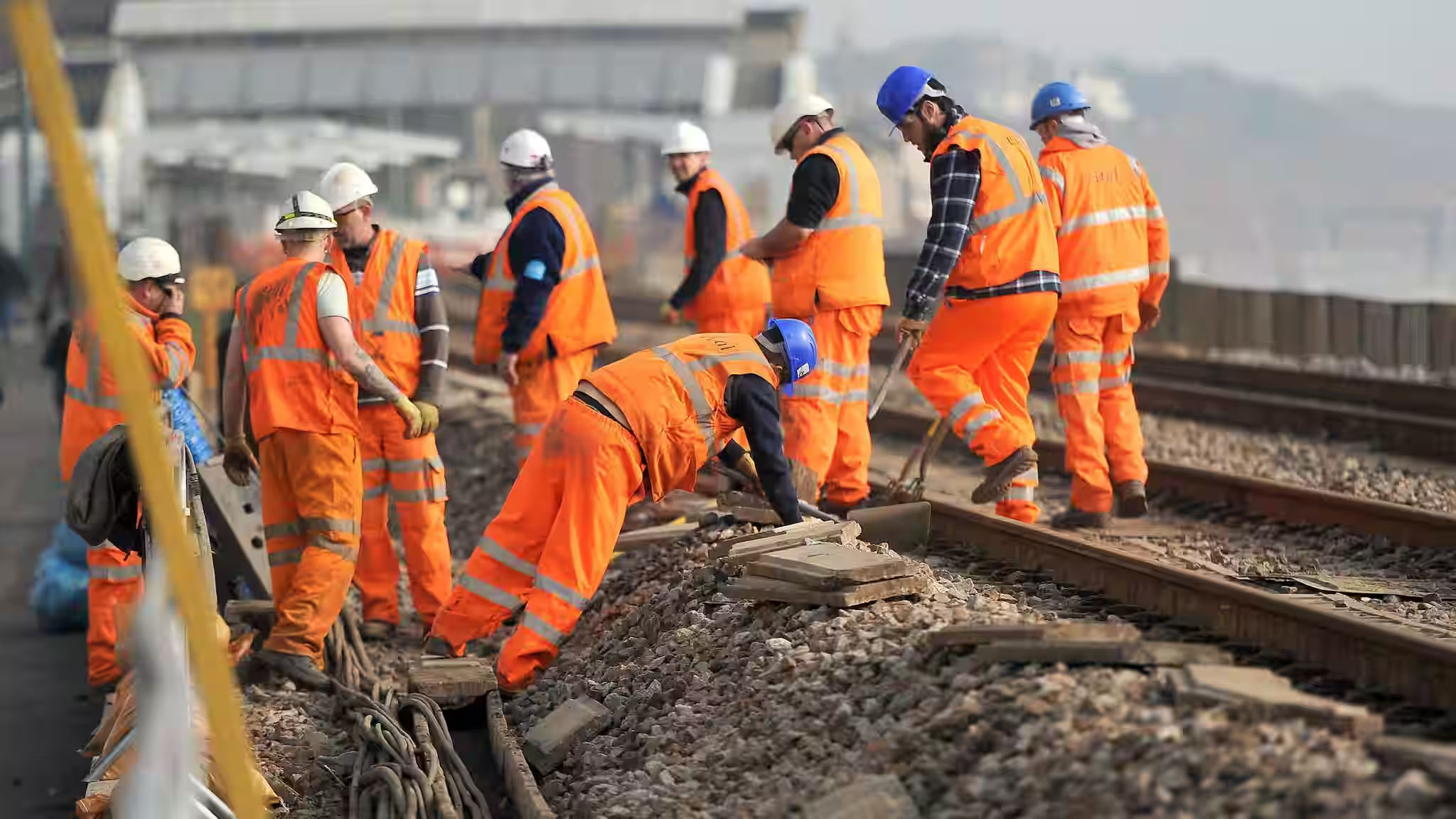
Common Causes of Train Derailment and How to Avoid Them
Train derailment is a critical safety issue in the railway industry that poses significant risks to passengers, cargo, and infrastructure. At Tri Innovations, we understand the importance of identifying the root causes of derailments and implementing effective measures to prevent them. In this article, we explore the most common causes of train Derailment and offer practical solutions to reduce their occurrence, ensuring safer rail transport worldwide.
Understanding Train Derailment
A derailment occurs when a train’s wheels leave the tracks, causing disruption, damage, and potential harm. The reasons behind derailment are often complex and multifaceted, involving mechanical failures, human error, environmental conditions, and infrastructure issues. By comprehensively understanding these causes, railway operators can develop targeted strategies to mitigate risks and enhance operational safety.
Common Causes of Train Derailment
Track-Related Issues
One of the primary contributors to derailment is track-related problems. The quality, maintenance, and integrity of the rail tracks play a crucial role in keeping trains on course.
Track Defects
Defects such as broken rails, misaligned tracks, or loose fastenings can cause wheels to lose proper contact with the rails. Fatigue cracks and corrosion, often invisible during routine inspections, increase the risk of track failure.
Poor Track Maintenance
Inadequate or infrequent maintenance accelerates track degradation. Failure to regularly inspect, repair, or replace worn components compromises track stability and elevates derailment risks.
Track Geometry Irregularities
Incorrect track geometry, including improper gauge width, alignment, and elevation, disturbs smooth train movement. Uneven track conditions cause excessive lateral forces on wheels, potentially leading to derailment.
Mechanical Failures
The mechanical condition of the train itself is another major factor in derailment incidents.
Wheel and Axle Defects
Faulty wheels, flat spots, or axle breakages reduce stability and increase derailment susceptibility. These mechanical issues often stem from wear and tear or manufacturing defects.
Brake System Malfunctions
Inadequate braking performance can cause trains to overspeed or stop abruptly, increasing the chances of derailment, especially on curves or inclines.
Suspension System Failures
A compromised suspension system affects the train’s ability to absorb shocks and maintain balanced contact with the rails, leading to unstable movement and derailment risks.
Human Error
Human factors remain a significant cause of derailments despite technological advancements.
Operator Error
Mistakes such as speeding, improper braking, or misjudgment of track conditions can result in loss of control. Fatigue and insufficient training exacerbate these errors.
Communication Failures
Breakdowns in communication between train operators, dispatchers, and maintenance crews may lead to unsafe conditions going unnoticed or unresolved.
Environmental Factors
External environmental conditions also contribute to derailments.
Weather Conditions
Extreme weather, such as heavy rain, snow, ice, or heat, impacts track conditions and train performance. Flooding can erode track foundations, while ice formation may cause wheels to slip.
Natural Disasters
Events like earthquakes, landslides, or floods can physically damage railway infrastructure, resulting in track displacement and derailment.
Operational and Infrastructure Issues
Beyond maintenance and mechanical aspects, operational practices and infrastructure design influence derailment likelihood.
Overloading
Exceeding weight limits strains the track and rolling stock, increasing the probability of mechanical failure or track damage.
Poor Track Design
Suboptimal design choices, such as tight curves or inadequate drainage, create conditions conducive to derailment.
Signal and Control System Failures
Malfunctioning signaling systems can cause trains to enter unsafe zones or collide, indirectly causing derailment.
How to Avoid Train Derailment
Preventing derailments requires a comprehensive approach encompassing maintenance, technology, training, and infrastructure management.
Enhanced Track Maintenance Programs
Regular and rigorous track inspections using advanced technologies like ultrasonic testing and drones help detect defects early. Proactive maintenance schedules prevent track degradation and ensure consistent track geometry.
Improved Rolling Stock Inspection and Maintenance
Routine examination of wheels, axles, brakes, and suspension components is critical. Implementing predictive maintenance powered by IoT sensors can alert operators to impending mechanical issues before failure occurs.
Operator Training and Safety Protocols
Continuous training programs that emphasize safe operating speeds, braking techniques, and emergency response can minimize human errors. Additionally, addressing operator fatigue through regulated work hours enhances alertness.
Advanced Monitoring and Control Systems
Installing real-time monitoring systems on both trains and tracks enables quick detection of abnormalities. Automated control systems can intervene to reduce speed or stop trains if safety thresholds are exceeded.
Infrastructure Upgrades and Design Improvements
Investing in robust track foundations, proper drainage, and optimized track geometry reduces environmental and operational risks. Designing routes with gentler curves and suitable grades enhances train stability.
Environmental Risk Management
Preparing for and mitigating environmental risks involves installing protective barriers, improving drainage systems, and incorporating weather forecasting data into operational planning.
Strict Compliance and Safety Audits
Ensuring adherence to railway safety standards and conducting frequent audits encourages continuous improvement. Regulatory oversight promotes accountability and enforces best practices.
Conclusion
Derailment remains a serious challenge in the railway sector, but understanding its common causes is the first step toward effective prevention. Track defects, mechanical failures, human errors, environmental factors, and operational shortcomings all contribute to derailment risk. By adopting comprehensive maintenance programs, enhancing operator training, leveraging technology, and upgrading infrastructure, railway operators can significantly reduce derailment incidents. At Tri Innovations, we are committed to advancing rail safety through innovative solutions and informed practices, helping create a safer future for the global railway industry. The consistent focus on derailment prevention not only protects lives and assets but also ensures the reliability and efficiency of rail transportation.
